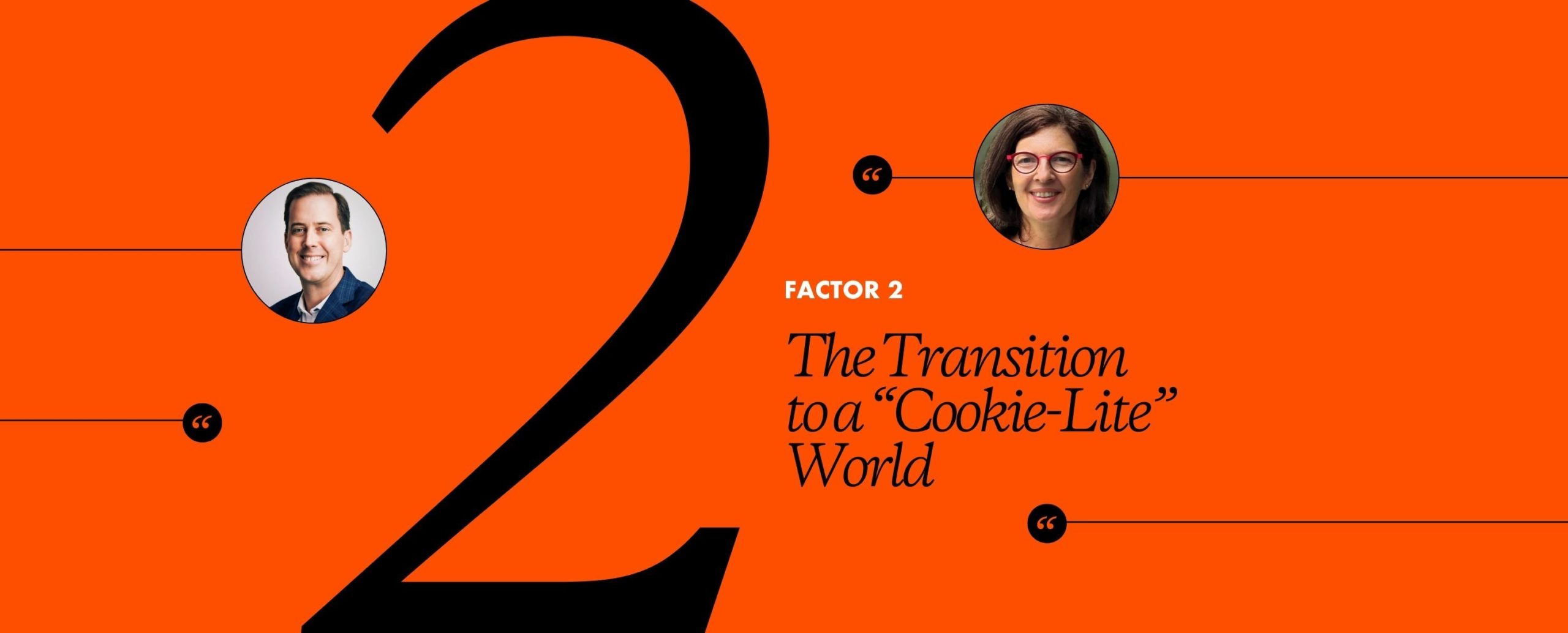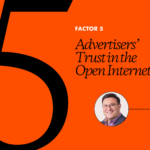To say the digital publishing industry is in flux is an understatement. Over the past year, publishers have faced a wave of challenges. We’ve seen revenue impacts from emerging technologies, watched Google’s on-again, off-again approach to cookie deprecation, observed shifts in consumer behavior that required quick adaptation, and much more.
To gain a deeper and more systematic understanding of how media companies and publishers are navigating these changes, we conducted focus group-style survey interviews with 31 industry leaders.
In this blog, we cover the second factor: The Transition to a “Cookie-Lite” World and Its Impact on Publishers
The consensus indicates a fundamental shift toward first-party data strategies and revenue diversification, though opinions vary on CPM impact and the effectiveness of alternative targeting solutions.
| CPMs drop for publishers as measurement and attribution becomes harder | 52% |
| Publishers will increase investment in first-party data initiatives | 97% |
| Cookies will not change significantly | 3% |
| Publishers will diversify revenue streams to rely less on web ads | 52% |
Opportunity: Potential Market Bifurcation and Data Strategy
Participants saw a clear split emerging between premium publishers with first-party data and lower-quality sites. They predicted, generally, that publishers with authenticated audiences and strong first-party data capabilities will weather the market changes more easily and even grow, while those that rely on third-party cookies will struggle.
“I’m cautiously optimistic that buyers will adopt and invest in non-cookie solutions, allowing publishers with first-party, authenticated audiences to stand out.” — Anonymous (Katie Pillich)
“This drives a gap between quality publishers with log-ins and first-party data, and the long-tail of poor quality pubs” — Richard Kramer, Founder and Managing Director, Arete Research
“Publishers should lean into first-party consumer relationships, and not just for advertising purposes. The goal should be to develop a deeper relationship with the customer/consumer.” — Jeremy Hlavacek, Former Chief Commercial Officer, Experian
“We’ve seen publishers prioritize building first-party data strategies so they aren’t as reliant on third-party cookies and are still able to connect with the end user in a more personal way. The end goal should be to develop and maintain strong relationships with both the advertisers and users.” – Lauren Rose, VP, Partner Success, OpenWeb
Opportunity: Revenue Model Evolution
The industry is witnessing a fundamental shift away from pure scale toward quality-focused audience relationships, participants told us, enabled by first-party data insights. This transition, in their view, allows publishers to both personalize content and unlock diverse revenue streams through e-commerce, events, and strategic partnerships — revenue streams previously underexplored.
“Scale was a silly vision for a publisher, whether it’s a niche site like WindowsCentral.com or a massive publisher like the New York Times. What’s important is knowing your audience.” — Jeremy Kaplan, Content Director, Future PLC
“Publishers can diversify revenue through subscription models (both freemium and premium), e-commerce initiatives like merchandise and digital products, events such as conferences and workshops, content licensing to other platforms, and strategic data partnerships.” — Sherrick Chavda, Group Director of Audience & Data Strategy, Initiative
Mixed Outlook: CPM Impact Predictions
Some participants predict a complex evolution in CPM rates in the cookie-lite world. They expect short-term drops in non-authenticated inventory as measurement becomes harder. That said, some believe market competition will maintain stability: publishers who adapt with stronger first-party data strategies and contextual targeting may see long-term benefits. Meanwhile, some thought Safari/Firefox rates could increase to offset Chrome decreases, as these browsers rejoin the mainstream buying pool.
“The short term ramifications of this potential future would be the depression of CPMs… In time however, it should allow for smarter publishers to gain better insight into the role they play in the marketing funnel, and create and/or adopt products that lean into their strengths.” — Pete Beeney, SVP, US Country Manager, Factor Eleven
“CPMs will drop for non-signal inventory… but not by as much as people worry. The reason: there will be far less signal-rich inventory, and more demand for that inventory than can possibly run on it… thus, everything else becomes valuable too.” — Andrew Kraft, On a Listening Tour, Former President & Chief Operating Officer at The Arena Group.
“I don’t see CPM’s shifting, fundamentally the overall product will remain the same, competition will continue to drive the market rate” — Sherrick Chavda, Group Director of Audience & Data Strategy, Initiative
“While CPMs on previously cookied inventory will drop in this revised ecosystem, Safari/Firefox inventory should become part of the buying pool again and ideally, offset the losses from Chrome. ie: safari rates will increase / chrome will decrease” — Anonymous (Katie Pillich)
“As cookies deprecate further and further, publishers without first-party data will have more difficulty monetizing their impressions, and CPM’s will likely fall. If publishers continue to invest in a first-party data strategy, they will begin to see a dramatic increase in the CPM’s for those impressions. If they can grow their scale enough with first party data, they can offset the loss in CPM for those impressions with no data.” – Steven Goldberg, SVP, partner Success, OpenWeb
Mixed Outlook: Alternative Targeting Methods
In the open market, a few participants predicted, publishers will increasingly rely on probabilistic identifiers and alternate IDs for targeting, while using the remaining Chrome cookie pool for lookalike modeling.
“From an open market perspective I see publishers relying on probabilistic identifiers and alternative IDs as the main drivers for cookie replacements along with the remaining Chrome cookie pool being heavily utilized for lookalike modeling purposes.” — Anonymous (Emry DowningHall)
“Additionally there could be a rise in the value of contextual targeting technology, and a better understanding from marketers to the link between context and attention, and between attention and business outcomes.” Pete Beeney, SVP US Country Manager, Factor Eleven
Mixed Outlook: Platform Power Dynamics
Several participants pointed out that individual publishers will face growing challenges competing with walled gardens, such as Meta and Google, whose vast datasets dwarf single-publisher capabilities.
“A single publisher’s data is so limited in terms of actionability, in comparison to the amazing datasets captured by the walled gardens — Facebook, YouTube, Amazon TikTok, etc — that it’ll all be for naught.” — Anonymous (Roger Keating)
You can download the full 5 Factors for 2025 report on our website.


